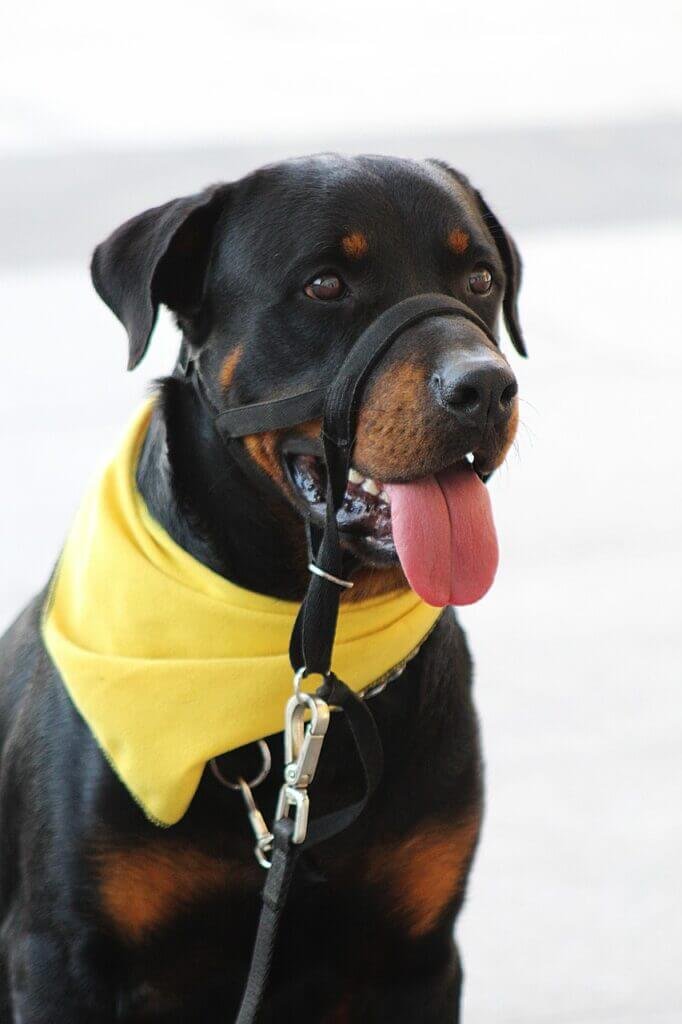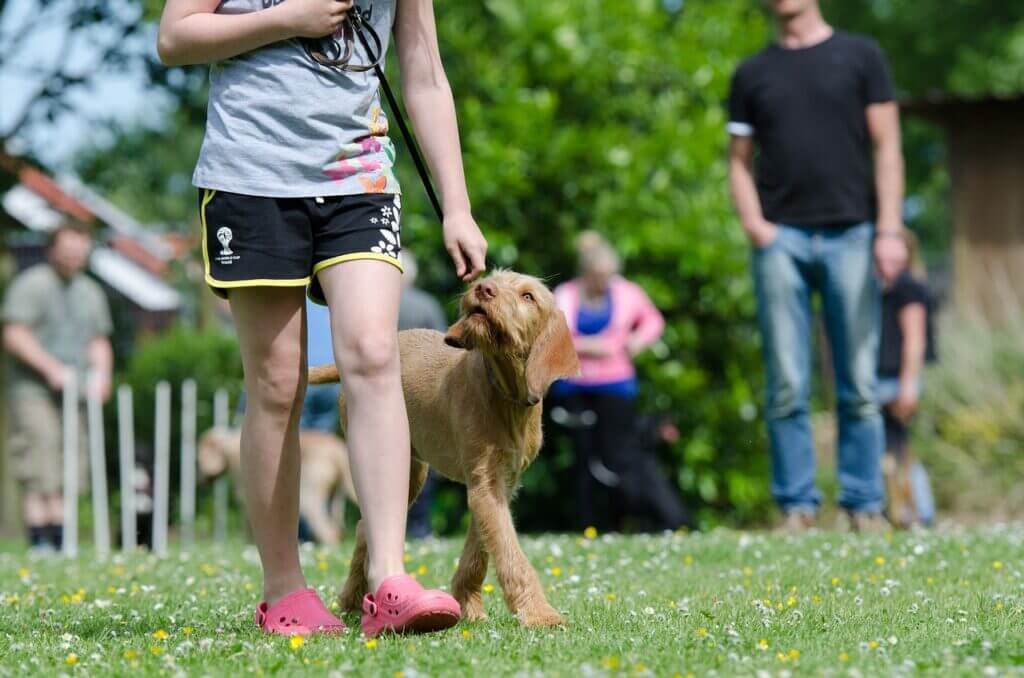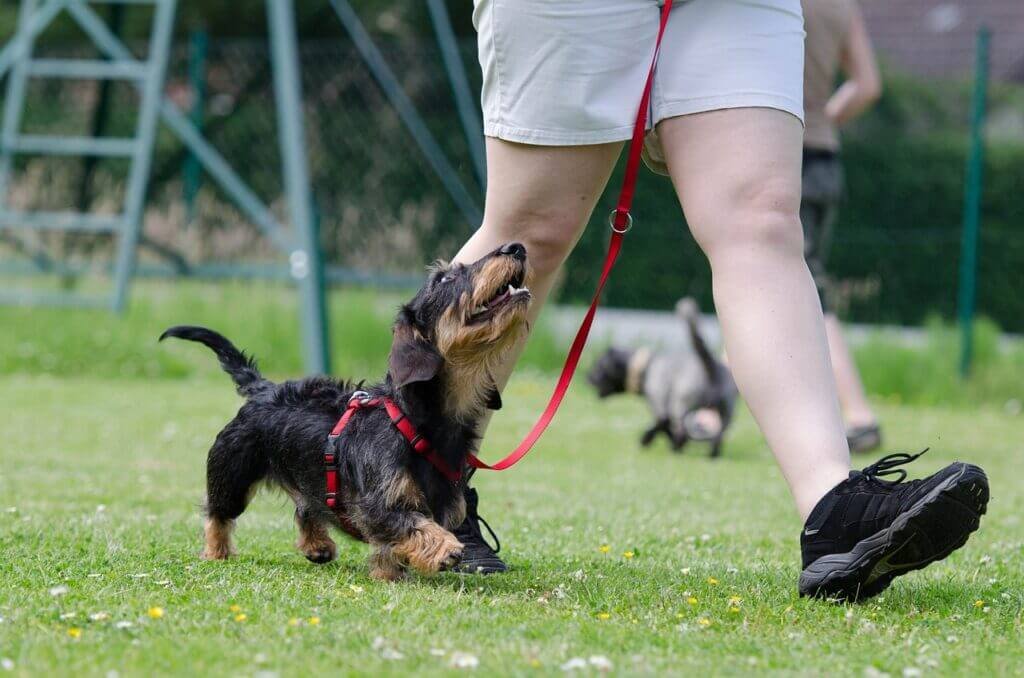So, you’ve just brought home a new furry friend and you’re excited to start training them. But where do you begin? In this article, we will explore the basic training commands for dogs, helping you lay a solid foundation for your pet’s obedience and behavior. Whether you’re a first-time dog owner or simply in need of a refresher, understanding these essential commands will enable you to communicate effectively with your four-legged companion and create a harmonious environment for both of you to thrive in. Let’s get started!

Sit
Teaching the sit command
Teaching your dog to sit is one of the fundamental commands that every dog should learn. It is not only useful in daily interactions, but it also helps establish a foundation for other commands. To teach the sit command, start by holding a treat close to your dog’s nose. Slowly move the treat upwards, causing your dog’s head to follow it and their bottom to lower into a sitting position. As soon as their bottom touches the ground, say “sit” and reward them with the treat and praise. Repeat this process several times, gradually phasing out the use of treats.
Reinforcing the sit command
Once your dog has grasped the concept of sitting, it is essential to reinforce the command to ensure long-term success. Practice the sit command in different environments and situations, gradually adding distractions to test their obedience. Use positive reinforcement such as treats, praise, and petting whenever your dog successfully sits on command. Stay consistent and patient, and soon your dog will be able to sit reliably no matter the circumstances.
Stay
Teaching the stay command
Teaching your dog to stay can be a valuable command, especially in situations where you need them to remain in one spot for their safety. Start by commanding your dog to sit. Once they are in a sitting position, extend your hand towards them with your palm facing out, saying “stay” firmly. Take a step back, returning immediately to your dog’s side. If they remain in the sitting position, reward them with praise and a treat. Gradually increase the distance and duration of the stay, continually reinforcing the command with positive reinforcement.
Adding distance to the stay command
After your dog has mastered staying in one spot for short durations, it’s time to add distance to the command. Start by taking a step back and repeating the “stay” command. If your dog maintains their position, praise and reward them. Gradually increase the distance, always returning to their side and providing positive reinforcement. Practice in different environments, introducing distractions to ensure your dog can stay reliably regardless of the circumstances.

Down
Teaching the down command
The down command is particularly useful when you want your dog to lie down calmly or in situations where they might be getting too excited. Begin by commanding your dog to sit. Once they are in a sitting position, hold a treat close to their nose and then slowly lower it to the ground between their front paws. As your dog follows the treat, their body will naturally lower into a lying down position. As soon as their elbows touch the ground, say “down” and reward them with the treat and praise. Practice this command repeatedly until your dog can confidently lie down on command.
Adding duration to the down command
Once your dog has learned to lie down on command, it’s important to add duration to the command. Start by giving the “down” command and rewarding your dog when they lie down. Then, instead of immediately releasing them, wait a few seconds before giving the release command and rewarding them again. Gradually increase the duration, ensuring your dog remains calm and relaxed during the entire down period. Remember to always reward and praise your dog for complying with the command.
Come
Teaching the come command
The come command is crucial for your dog’s safety as it ensures they come to you when called, regardless of the situation. Start in a quiet, distraction-free environment. Get down to your dog’s level, show excitement, and open your arms while calling their name followed by the command “come.” When your dog approaches, reward them with treats, praise, and affection. Repeat this exercise multiple times, gradually increasing the distance between you and your dog.
Building reliability with the come command
Once your dog understands the concept of coming to you when called, it’s time to reinforce their reliability. Practice the come command in various environments and with distractions present. Gradually increase the distance and difficulty of the recalls while providing rewards and praise for their successful responses. Use high-value treats or toys to make the command even more enticing. Remember, consistency and positive reinforcement are key to building a strong recall command.

Leave it
Teaching the leave it command
The leave it command is essential for your dog’s safety and prevents them from picking up or engaging with items that may be harmful or inappropriate. Start by holding a treat in your closed fist and presenting it to your dog. When they show interest and try to sniff or lick your hand, firmly say “leave it.” Wait for them to lose interest and redirect their attention elsewhere, then reward them with a different treat. Repeat this process several times, gradually making it more challenging by using items of higher value or greater temptation.
Expanding the leave it command
Once your dog has grasped the concept of leaving treats or objects, it’s time to expand the command to different scenarios. Practice the leave it command with items on the ground or in different areas of your home. Reinforce the command by rewarding your dog with treats and praise when they successfully resist the temptation. Gradually increase the difficulty by introducing food or objects that are more appealing. With consistent training, your dog will learn to leave things alone when commanded.
Drop it
Teaching the drop it command
The drop it command is essential for your dog’s safety and also prevents them from playing with or holding onto things they shouldn’t have. Start by offering your dog a toy or object that they enjoy playing with. Once they have a good grip on it, present them with a high-value treat, saying “drop it” in a friendly, but firm tone. When they release the toy or object to take the treat, reward them with praise and another toy or treat. Repeat this exercise, gradually increasing the difficulty by using different items.
Practicing the drop it command
Consistent practice is key to ensuring your dog understands and reliably responds to the drop it command. Regularly engage in play sessions where you can use the command with different toys or objects. Encourage your dog to drop the item and reward them with praise and a treat when they comply. It’s important to make dropping the item a positive experience, as this will increase your dog’s willingness to release objects when commanded. With time and repetition, your dog will become proficient in dropping objects on command.

Heel
Teaching the heel command
The heel command is important for dogs who tend to pull or lead when walking on a leash. It teaches your dog to walk calmly and beside you without pulling. Start with your dog on a leash and hold it in your left hand. Begin walking and say “heel” in a clear, confident voice. Keep treats in your right hand, close to your dog’s nose, to maintain their attention. Reward your dog whenever they walk nicely by your side. Use a consistent pace and reinforce the heel command with praise and rewards.
Improving loose leash walking
Once your dog understands the concept of walking beside you with the heel command, it’s time to work on loose leash walking. Gradually decrease the frequency of treats, rewarding your dog intermittently for staying by your side. If they start to pull or move ahead, calmly stop and wait for them to return to your side. Use the heel command to regain their attention and reward them when they comply. Consistency and patience are key to improving loose leash walking, making walks more enjoyable for both you and your dog.
Off
Teaching the off command
The off command is essential for addressing jumping behavior in dogs. This command teaches your dog to keep their paws on the ground when interacting with people or objects. As soon as your dog jumps up, firmly say “off” and turn away from them, avoiding eye contact. Wait for them to calm down and have all four paws on the ground before rewarding them with attention and praise. Consistency is crucial to ensure your dog understands that jumping is not an acceptable behavior.
Addressing jumping behavior
To effectively address jumping behavior, consistency is key. Practice the off command with different people, inside and outside the house. Whenever your dog jumps up, calmly and firmly give the off command and turn away. Avoid reinforcing the behavior by not giving attention until they have all four paws on the ground. Encourage your guests to follow the same protocol, providing a consistent message to your dog. With time and consistency, your dog will learn that keeping all paws on the ground leads to positive interactions.
Wait
Teaching the wait command
The wait command is particularly useful in situations where you need your dog to pause and remain in one spot. Start by having your dog on a leash. Command them to sit or stay, then hold your hand up in front of them, palm facing towards them, and say “wait.” Take a step back while keeping your hand up, and if your dog remains in the same spot, reward them with praise and a treat. Gradually increase the duration and distance, always returning to your dog and providing positive reinforcement.
Applying the wait command in different situations
Once your dog has learned to wait in a controlled environment, it’s time to apply the command in different situations. Practice the wait command when approaching doors, before allowing your dog to eat or go through thresholds. Reinforce the command by rewarding your dog for their patience and self-control. It’s essential to ensure your dog maintains the wait until released, as this will prevent impulsive behavior and promote a calm and obedient response.
Quiet
Teaching the quiet command
The quiet command is valuable in managing excessive barking behavior in dogs. Start by consistently rewarding moments of silence and calmness. When your dog barks, calmly say “quiet” and wait for them to stop barking. As soon as they do, reward them with praise, treats, or attention. Repeat this process consistently, reinforcing moments of quietness. Be patient and consistent, as it may take time for your dog to understand the command and inhibit their barking.
Managing barking behavior
To effectively manage barking behavior, it’s essential to understand the underlying causes. Identify triggers that lead to barking and gradually expose your dog to those triggers in a controlled manner. When they remain quiet, reward them with praise and treats. If they start to bark, calmly say “quiet” and redirect their attention to something positive. Consistency, positive reinforcement, and addressing the root causes of barking will help manage and reduce excessive barking, creating a more peaceful environment for both you and your dog.
Remember, training your dog takes time, consistency, and patience. Celebrate small victories and never forget to reward and praise your dog for their efforts. With proper training and positive reinforcement, you can build a strong bond with your furry friend and ensure their safety and obedience in various situations.


